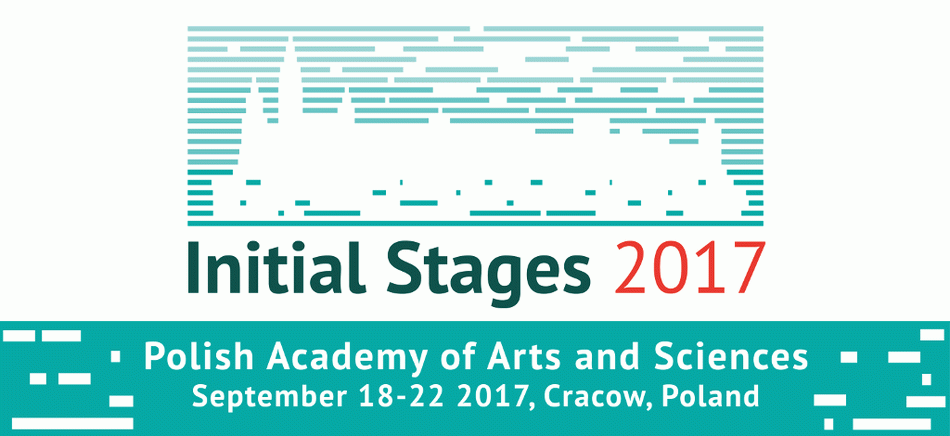Speakers
Description
New multiparticle observables, which are called "Symmetric 2-harmonic 4-particle cumulants"(SC), were recently introduced in [1]. These quantify the correlation between event-by-event fluctuation of two different flow harmonics. Because the correlation between different order flow harmonics responds differently to the initial conditions or(and) $\eta/s$, SC provide strong constraints for the QGP properties in heavy-ion collisions. The higher harmonic flow (n > 3) can be understood as superpositions of linear and nonlinear responses to lower order initial anisotropy coefficients. Nonlinear mode contributions can be quantified based on the newly proposed observables, so called nonlinear coefficients ($\chi_{m,n}$) [2]. The higher order to lower order harmonic correlations can be used to understand viscous corrections to the momentum distribution at freeze-out, which is probably the least understood part of hydrodynamic calculations [3, 4]. These recently developed flow observables, SC and nonlinear coefficients, show a great potential to investigate the various stages of the expanding medium in heavy-ion collisions. In this talk, SC results of higher order harmonics(up to $v_5$), their transverse-momentum dependence and the nonlinear coefficients of higher order flow harmonics will presented. The results will be compared to calculations from AMPT and hydrodynamic models.
[1] ALICE, Phys.Rev.Lett. 117 (2016) 182301
[2] L. Yan and J. Y. Ollitrault, Phys. Lett. B 744 , 82 (2015)
[3] D. Teaney and L. Yan, Phys. Rev. C 86, 044908 (2012)
[4] H. Niemi,K.J. Eskola, and R. Paatelainen, Phys. Rev. C 93, 024907 (2016)
